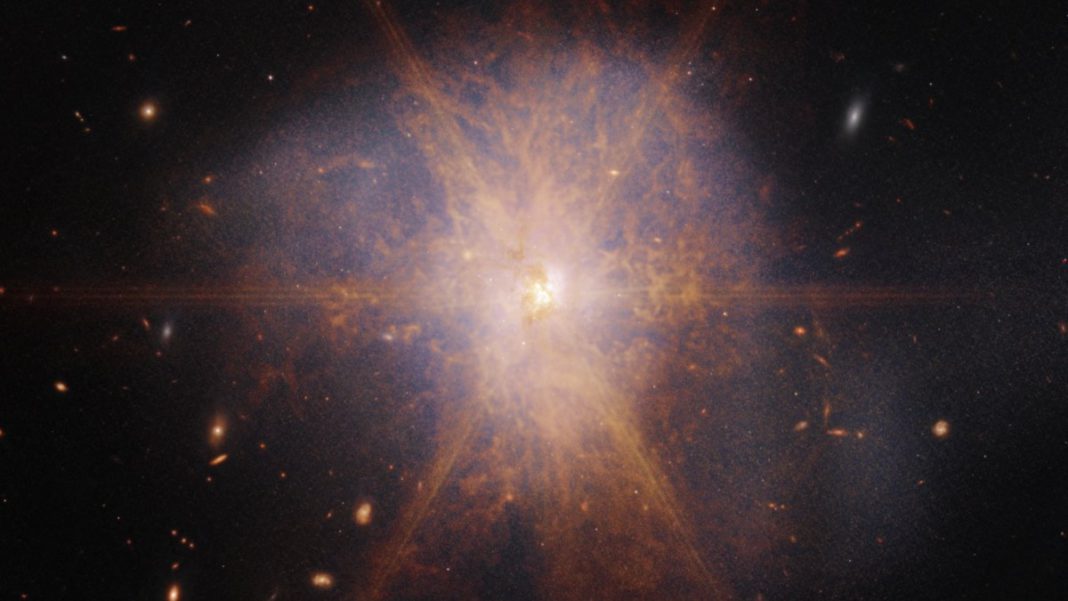RUSSIA: In a groundbreaking observational campaign, Russian astronomers using the Spectrum-RG (SRG) spacecraft and two ground-based telescopes have identified 14 new active galactic nuclei (AGNs) in the eastern Galactic sky.
The findings, which shed light on the energetic phenomena occurring at the centres of galaxies, were published on June 6 in the journal Astronomy Letters.
Active galactic nuclei are highly luminous regions situated at the core of galaxies, outshining the surrounding galaxy’s light. Their intense energy emissions are an attribute of the presence of either a black hole or vigorous star formation activity within the galaxy.
The team, led by Grigory Uskov of the Russian Academy of Sciences in Moscow, focused on investigating complex X-ray sources in the eastern half of the Galactic sky.
To achieve this, they utilized the ART-XC and eROSITA telescopes aboard the SRG spacecraft, along with the 1.6-metre AZT-33IK telescope at the Sayan Observatory in Russia and the 1.5-metre Russian-Turkish telescope (RTT-150) at the TUBITAK National Observatory in Turkey.
Their study detected 14 previously unknown AGNs relatively close to Earth, with redshifts ranging from 0.015 to 0.238. The team found all of these AGNs hosted by Seyfert galaxies, including one NLSy1 type, three Sy1 types, four Sy1.9 types, and six Sy2 types.
The X-ray luminosities of these AGNs fell within the typical range of 1 to 100 tredecillion erg/s for AGNs in the current epoch.
The astronomers then constructed broadband X-ray spectra ranging from 0.2 to 12 keV and determined black hole masses and bolometric luminosities for four newly discovered AGNs.
The team measured these values between 12 and 260 million solar masses and 170 and 1,800 tredecillion erg/s, respectively. Additionally, they observed that four of the AGNs exhibited intrinsic absorption exceeding 1,022 cm−2.
The researchers underscored the significance of this discovery, emphasizing its contribution to the ongoing search for AGNs. They hoped to establish a large sample of these objects based on their hard X-ray emissions.
The result will help to get a large (about 2,000 objects) and statistically complete sample of AGNs selected by their emission in the challenging 4–12 keV X-ray energy band after completing the planned eight sky surveys.
Also Read: Russian Soyuz Rocket Blasts off Iranian Satellite from Kazakhstan



